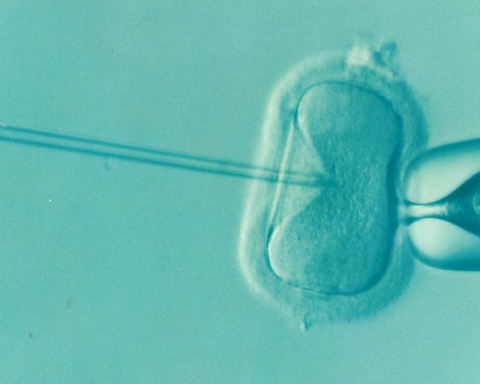Pharmacosmos announces the first results of the PHOSPHARE study program in which iron isomaltoside was compared directly to ferric carboxymaltose in two identical randomized controlled trials.
Iron isomaltoside 1000 and ferric carboxymaltose are intravenous iron preparations that can be administered in high doses to rapidly treat iron deficiency and iron deficiency anemia. Ferric carboxymaltose has been shown to cause hypophosphatemia via urinary phosphate wasting due to elevations in the phosphate-regulating hormone fibroblast growth factor FGF23. Ferric carboxymaltose-induced hypophosphatemia has been associated with osteomalacia, but the comparative effects of iron isomaltoside are unknown.
The first results from the PHOSPHARE program were presented at the annual meeting of the Endocrinology Society . The studies enrolled 245 patients and investigated the incidence, severity and duration of hypophosphatemia. Both studies met their primary endpoints individually, each showing that iron isomaltoside causes significantly less hypophosphatemia than ferric carboxymaltose.
In pooled analyses of both trials, the incidence of severe hypophosphatemia (s-phosphate ≤1 mg/dL (0.32mmol/l))occurred in 11.3% of ferric carboxymaltose-treated patients compared to 0.0% of iron isomaltoside-treated patients (p<0.0001) and hypophosphatemia defined as serum phosphate <2 mg/dL (0.65 mmol/l), occurred in 74.4% in the ferric carboxymaltose group vs 8.0% in the iron isomaltoside group (p<0.0001). At day 35 when follow-up ended hypophosphatemia persisted in 43.0% of ferric carboxymaltose-treated patients compared to 0.9% of iron isomaltoside-treated patients (p<0.0001).
Compared to iron isomaltoside, ferric carboxymaltose also induced changes in FGF23, vitamin D and calcium homeostasis that triggered secondary hyperparathyroidism and appeared to induce elevations in biomarkers of bone turnover that are associated with osteomalacia.
Myles Wolf MD, MMSc. Charles Johnson, MD, Professor of Medicine and Chief of the Division of Nephrology at Duke University School of Medicine, North Carolina, USA who presented the data at ENDO 2019 remarked that: “These data support the hypothesis that ferric carboxymaltose induces an acute increase in FGF23 that activates a cascade of downstream changes in vitamin D and calcium homeostasis that in turn trigger secondary hyperparathyroidism. Collectively, these drug-induced alterations account for the extremely high rates of FGF23-mediated hypophosphatemia experienced by patients who received ferric carboxymaltose, but not iron isomaltoside.”
Correction of iron deficiency anaemia was comparable between the two IV irons, as was the incidence of serious or severe hypersensitivity reactions, which was low for both compounds (0.8 % for iron isomaltoside, 1.7% for ferric carboxymaltose).
Lars Lykke Thomsen,Chief Medical Officer at Pharmacosmos, said: “The consistency of the results we see in these two studies represent another confirmation of the good safety profile and treatment benefits of iron isomaltoside.”







